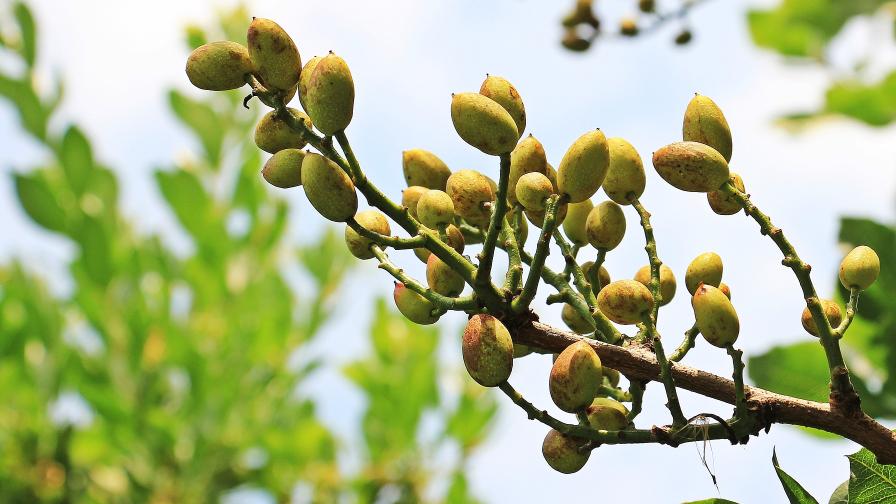Good News, Bad News On Weather Front
Grape growers in Sonoma County were watching the weather reports with dread last month. The late-season downpour hitting Northern California threatened to devastate this year’s grape crop, making it potentially the third weather event in the last four years to wreak havoc on vineyards. “It’s causing us a lot of frustration,” said Steve Hill, general manager of Durell Vineyard in Sonoma, in an article from Sonoma County’s Press Democrat.
Rainfall in June, which forecasters predict could set a new record, is expected to lower the amount of grapes that vineyards produce, potentially costing Sonoma County growers tens of millions of dollars in lost revenue at a time the industry continues to suffer economically. “In reality, we are taking a loss every time these storms come in,” said Steve Thomas, director of vineyard operations at Kunde Winery. “This crop is definitely getting smaller.” Grapevine fertilization is timed to normally occur after the rainy season. But the late rain this year is hampering the process, preventing some grapes from forming.
“This doesn’t mean that grape growers are going to have a total bust, but we might not have as much as we’d hoped,” Hill said.
The impact of the potentially record-setting rain will not be known for a few weeks, when growers will be able to identify and count how many flower clusters successfully fertilized and bear the earliest signs of grapes.
Farmers expect this season’s harvest will be smaller than last year’s, which was about 5% below average because of a cool growing season and an August heat wave that cost growers about $88.4 million.
Whether or not it could be even smaller than the 2008 harvest, which was 15% below average due to widespread damage from a late season frost, will depend in large part on how long the rainy weather continues.
However, it’s not all doom and gloom. Although much still depends on the summer weather, the late spring rains and cool temperatures that played havoc with other agricultural crops eventually may produce a vintage year.
In a twist of fate — something the wine industry often relies on — the cool spring had delayed the bloom by up to three weeks, so when the rains came, they did little damage, said Prudy Foxx, a Santa Cruz vineyard consultant and owner of Foxx Viticulture.
“The biggest danger is getting rain during the bloom,” Foxx said. “If that happens, it washes off the pollen, we have a poor bloom set and run the risk of not having much fruit. “… If this had been a normal year, it would have been a disaster.”
Terry Hall with the Napa Valley Vintners said that the next few weeks could tell the future for the season. “If we get a bump up in temperature, things will be much better,” Hall said.
Conditions are about the same in the Livermore Valley, where vines are a bit ahead of Napa and the coast, but still running behind schedule. At this point, said Jim Ryan, estate manager at Concannon Vineyard and president of the Livermore Valley Wine Growers Association, producers are cautiously optimistic.










